|
One of the decisions that factored into our house purchase was that we wanted a garden area of some sort. It didn’t matter if that was a container garden on a veranda or a full-sized one, outdoor space was important to us. I (Jana) don't think either of us realized how important that was until we'd live in apartments for four years. The house we bought has an area set aside for a garden. It had a few vegetables growing there (potatoes and turnips) but the previous owners worked full time and had three small kids so they already had enough to worry about. The garden just needed to be expanded so we could grow some of our own food, while getting needed exercise and Vitamin D from all that abundant Portuguese sunshine. (The white lines added above were for reference as to where our boundary lines were. The polytunnel structure is our neighbors'.) We are nowhere as hardy as those neighbors, who spend hours hoeing their garden patches, so we had raised beds installed. The raised beds allowed us to we use the square foot gardening method, with some modifications. This method was created back in 1976 by a gent named Mel Bartholomew who felt that gardening in rows was not very productive. For more info about what’s involved and why this type of strategy works, take a look at the Square Foot Gardening Foundation website. There are numerous other sites on the web with all sorts of information as well as a number of Portugal-based Facebook pages to follow. We get daily updates on the FB sites with pictures of some absolutely stunning gardens. For us, the first task was having stairs installed down to the garden. There was a steep and uneven ramp in place, and given that we’re older we thought stairs made more sense. Less chance of injury that way. Upon the recommendation of Filipe the Gardener (the local gardening expert) we hired Senhor Luis Marques to construct the stairs and rework the ramp. Luis is a gem. He does top quality work and the new stairs (see photos above) are not only easy to use, but also quite stylish. The ramp was also reworked and we use it for anything requiring a wheelbarrow. Luis also installed our raised beds. We could have gone with wood or metal sides, but decided to use concrete blocks instead. After installation, the exterior side of the blocks are covered in concrete. They’re tall enough that our backs don’t scream quite as much and the tops wide enough we can sit on them while we work. Filipe ordered a load of horticultural dirt which he and his brother, Ricardo, loaded into the beds. In the rain, because you garden when you can not when the weather is cooperative. I had already created diagrams of the various plants that would inhabit each bed and the total number of seedlings needed. Or in the case of some items just how many seeds I’d need to plant. Since our beds weren’t the standard 4’ x 10’ I adjusted the number of plants per square. As the soil is enriched, we’ll be able to up the growing capacity. This year is all about discovery of what works, what doesn’t, and what never to do again. We have no doubt there will definitely be some of the latter. Our local garden centers offer seedlings for sale in big potting trays. Rather than individual little pots, you scoop out the seedling from the tray and place it and its buddies in a clear plastic bag. When you check out you tell them how many seedlings you have and what kind if there are different choices. Of course, all this is done in Portuguese, as it should be. Seedlings cost about 5-7 cents a piece (about the same in USD with the current exchange rate) and they’re top quality. So much easier than trying to grow all of our own. I also started some seedlings this spring, with mixed success. Some did really well and others not such much. We have one window that is good for the germination, but if I want large quantities of seedlings this won’t work. We’re currently debating if we want to add a polytunnel green house to start seedlings far earlier in the year. We’ll have to see if that happens or not. Once we laid out the grid pattern on top of the dirt, we began to plant the seeds and seedlings. Unfortunately, we got ahead of ourselves as we should have incorporated some composted manure before planting. (Duh!) The top layer of soil went rock hard after it dried out. Once we worked in some composted horse manure, then topped it off with a thick layer of good potting mix, the soil is a lot more manageable. We added a layer of straw to help hold the moisture. In the diagrams below the items in blue have been planted and the ones in red will be down the line. Harold's worm farm now has a home in Bed #3 (the long one) at the far right side. The grids below were created on Virtual Graph Paper While Luis was working on the beds we asked if there was any chance he could help us set up a rain barrel. He found us one for 70 euros (about $74 at the current exchange rate) and then he created the concrete block base upon which to install it. From there he connected it to the drainage pipes from our downspouts and driveway and we were good to go. The night after he installed it rained and the tank filled up to the overflow tube. Wow! Pro tip: If the tank is not new make sure that whatever was stored inside is not oily or might kill your plants. We will be placing light blocking fabric on the tank in the near future to avoid the inevitable algae growth that occurs in this storage units. Since the water will be used in our garden later this summer we don't want to treat it with bleach or chlorine. It can get really hot and dry in this part of the country, and sometimes the authorities initiate a water usage ban for municipal water supplies due to drought conditions, so we like having this backup resource. Besides the plants listed on the planting grid, we hope to establish some Parsley, Thai Basil, regular Basil and Lemongrass down the line. And our neighbors just gifted us 12 more lettuce plants so they’ve been planted as well. Now we need to get a rabbit or two (just kidding).
It’ll be a matter of finding out the growing patterns, how much rain we will get, and what grows best in our location on the side of a mountain. And as always, we're watching what our Portuguese neighbors are doing as they are the experts. Here's our favorite YouTube gardeners: Huw Richards - https://www.youtube.com/c/HuwRichards Benedict Vanheems - https://www.youtube.com/c/Growveg-Garden-Planning-Apps Gardener Scott - https://www.youtube.com/c/GardenerScott Tony Smith - https://www.youtube.com/c/TonyCSmith
0 Comments
Your comment will be posted after it is approved.
Leave a Reply. |
Your HostsHarold is a former software engineer. Jana is an author. Together they're exploring their new life in Portugal. Archives
December 2022
Categories
All
|
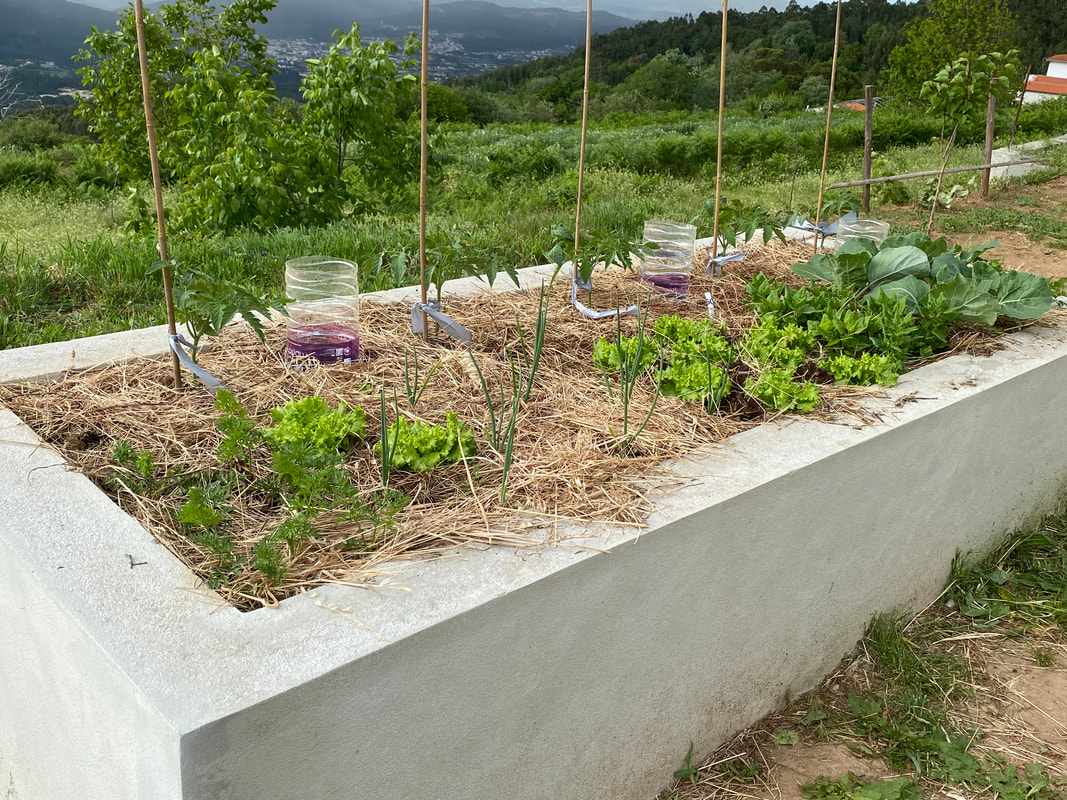
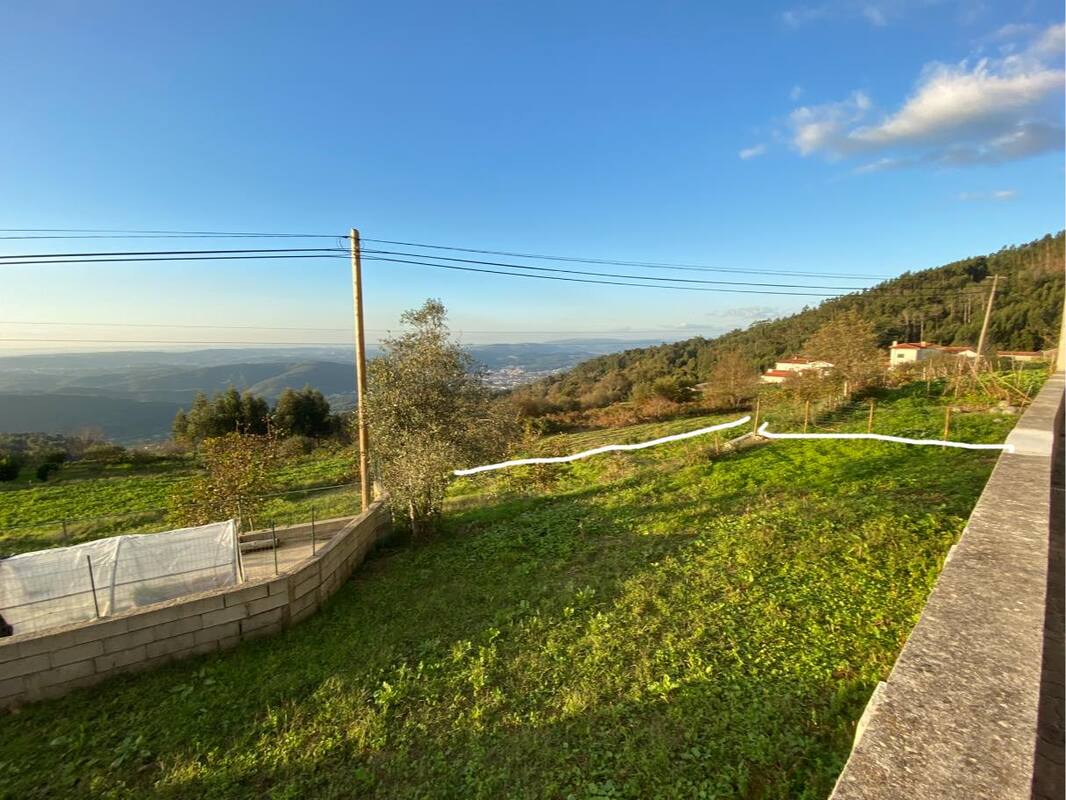
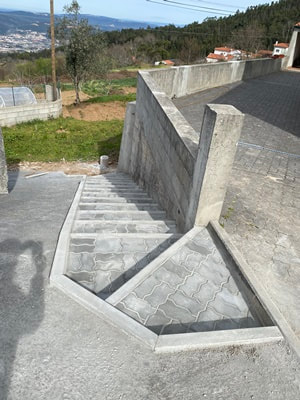
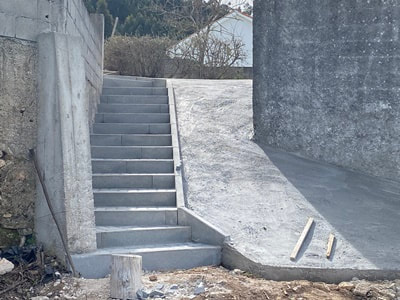
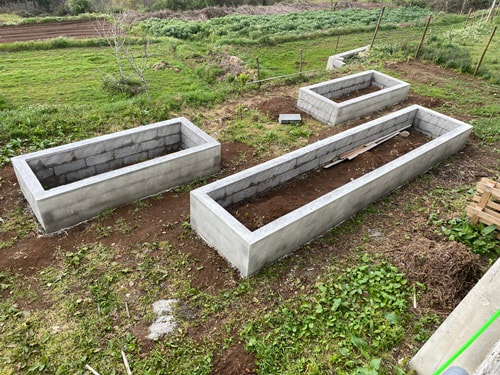
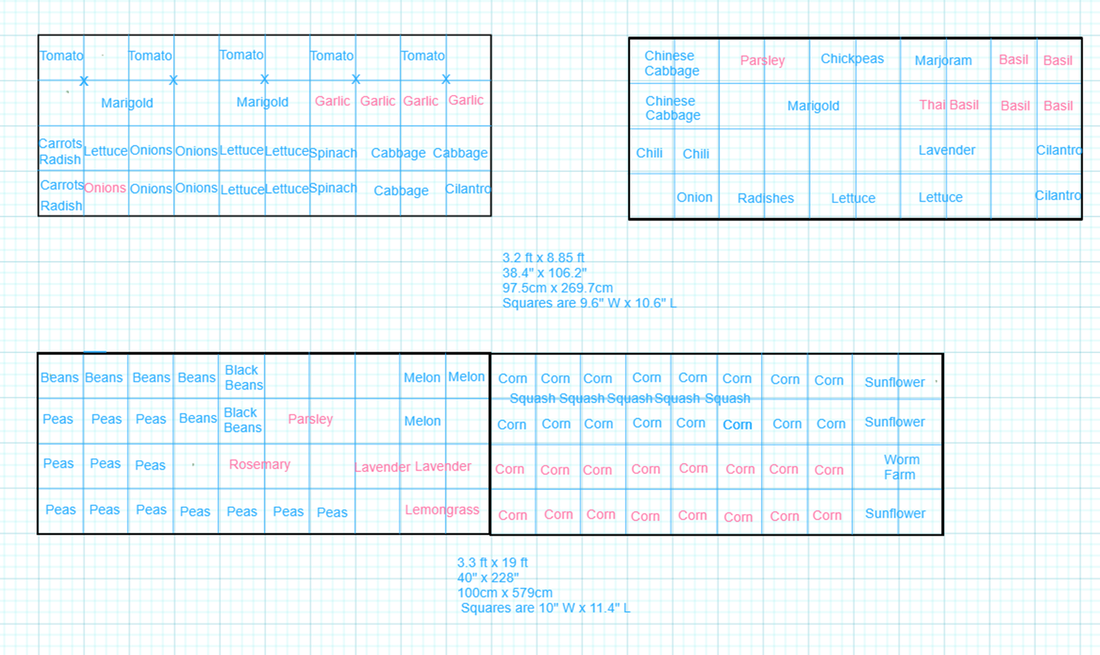
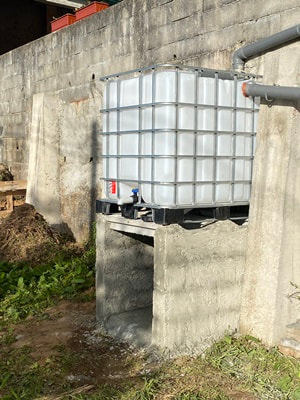
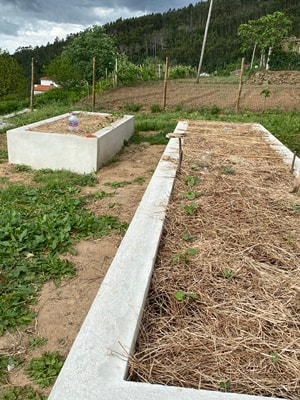
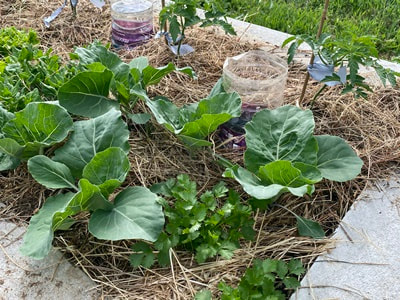
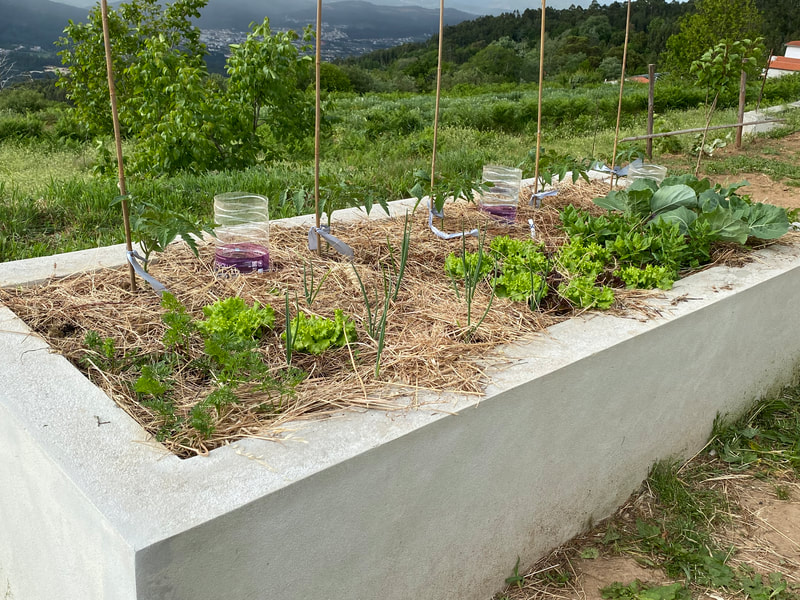
 RSS Feed
RSS Feed